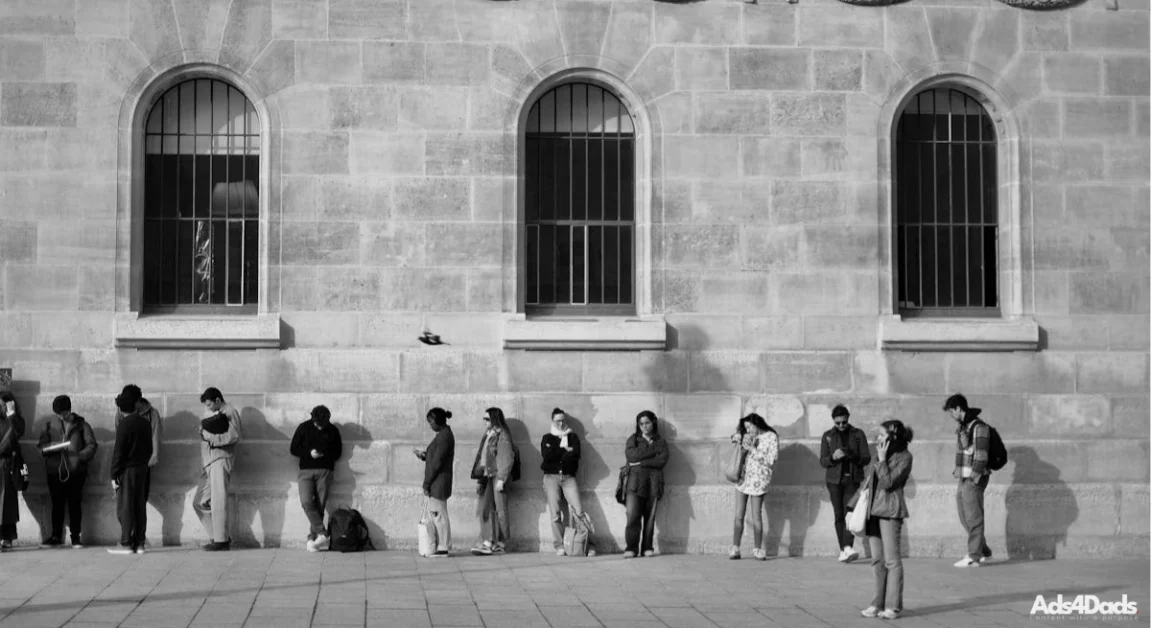Have you ever been at a traffic light and noticed someone holding a sign asking for help? Or maybe you just walked out of a grocery store and someone approached you for change. Depending on where you live, these encounters might be frequent and they often raise difficult questions. Will the money really help them? Will it be used for something harmful? If you’ve ever asked yourself these questions, it might be time to consider a more impactful and sustainable way to help the homeless.
The Ongoing Crisis of Homelessness
Homelessness is a global issue, and in many places, it’s growing. While most countries offer some form of assistance, resources can be hard to access or even locate, especially for those without reliable shelter or internet access. By changing how we help, we can move from temporary relief to long-term support.
How to Offer Real Help
If you genuinely want to help someone get back on their feet, start by gathering useful local resources. Use your national, state, county, or city websites to search for aid programs. Look for organizations like the Salvation Army, Red Cross, shelters, churches, and food banks in your area. Once you’ve compiled a list, include:
- Organization names
- Addresses and phone numbers
- Available services (housing, meals, medical aid, etc.)
- Date the list was compiled
Print a few copies and keep them in your car, purse, or backpack. That way, the next time someone asks for help, you’ll be able to offer them more than money, you’ll give them a roadmap to real support.
Be polite, maintain their dignity, and offer help without judgment. A simple conversation can make someone feel seen and valued.
Many do, but they may not know how to access it or feel discouraged by past experiences. Offering kindness and real information can go a long way.
Practical Suggestions for Those Ready to Rebuild
For someone who truly wants to turn their life around, here are some simple yet powerful suggestions:
1. Housing Through Employment
Hotels, motels, and some apartment complexes offer free or reduced housing to staff members. This option provides both shelter and steady income, and sometimes even includes laundry access.
2. Food Access Through Work
Jobs at restaurants or grocery stores can offer discounted or free meals. This is a practical way to access healthy food while earning money.
3. Hygiene and Health
Personal hygiene can be a challenge without stable housing. Gyms with showers offer a place to clean up and exercise, which is also beneficial for mental health. They may even provide job opportunities on-site.
4. Government Assistance
Depending on the country, many governments offer programs to help those in need. Unfortunately, some people don’t know these resources exist, or they avoid them due to stigma or past experiences. Helping someone navigate the system can be life-changing.
5. Comprehensive Support Programs
Organizations like the Salvation Army offer a holistic approach to recovery. Their services include shelter, addiction treatment, job training, and emotional support making them an ideal one-stop solution for those in crisis.
Become Part of the Solution
If you have the time and desire to make a difference, consider becoming a volunteer. Many local organizations welcome community support. Volunteering not only helps those in need, it also fosters connection, empathy, and personal growth. It may even become one of the most fulfilling parts of your life!
Conclusion
Homelessness can feel overwhelming, but solutions start with individuals willing to help. Whether you volunteer, compile resources, or offer advice with empathy and respect, your actions can create lasting change. A small effort on your part might be the spark that helps someone start a new chapter.











